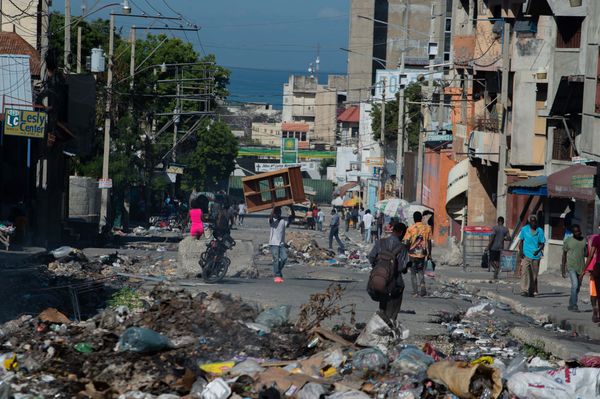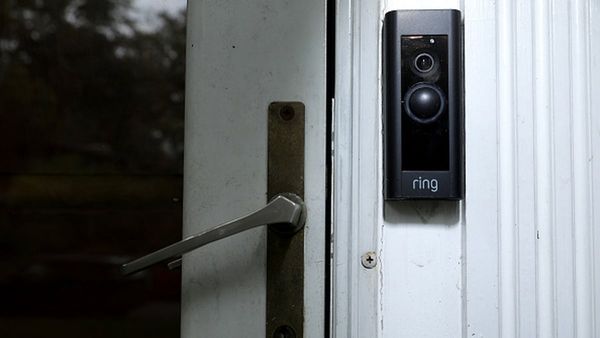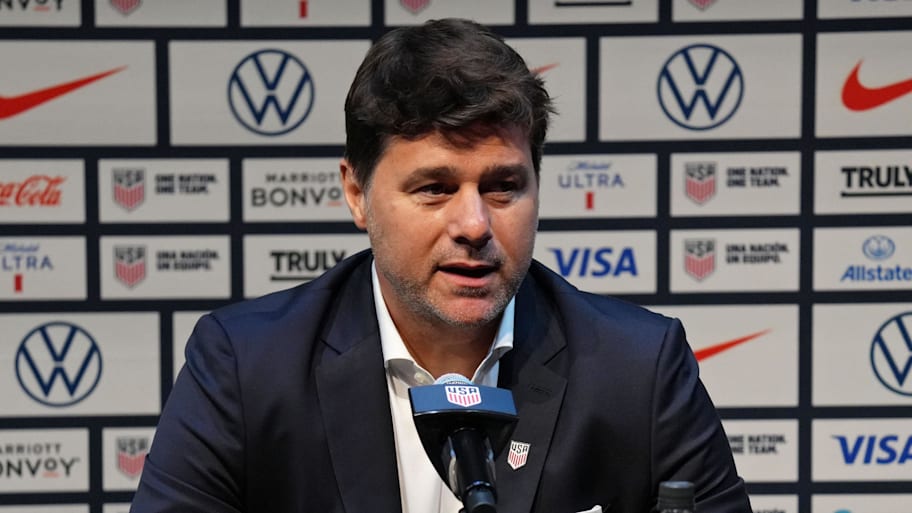
The U.S. men’s national team got a much-needed win with a 2-0 victory over a rotated Japan side on Tuesday night in Columbus, Ohio.
The triumph marked head coach Mauricio Pochettino’s 10th win in normal time from 18 games with the USMNT, and also came on the eve of his first year in charge, which has seen the Stars and Stripes drop to its lowest point in the 21st century, according to some metrics.
When the U.S. Soccer Federation reached out to hire a “big name” coach, the goal was to bring in an experienced leader who could push the squad to be at its best when it opened the 2026 FIFA World Cup on home soil in Los Angeles on June 12.
So far, that hasn’t gone to plan.
With players such as Christian Pulisic, Weston McKennie and Tyler Adams, among others, turning out for some of the world’s biggest clubs and in the sport’s most prominent leagues, it was a worthwhile––and needed––investment.
Fast forward a year, and things seem less sure than ever. The U.S. crashed out of the Concacaf Nations League, fell short of winning the Concacaf Gold Cup, and saw multiple first-choice players opt out of representing the United States.
Pochettino concluded his first year in charge on a high with the victory over Japan, but also boasts a worrying record of six losses in eight matches against nations ranked inside FIFA’s top 30.
The World Cup is nine months away. The USMNT don’t appear ready to go—and it’s come as a product of several missteps in the first year under the Argentine head coach.
Let’s get into it.
Squad Selection
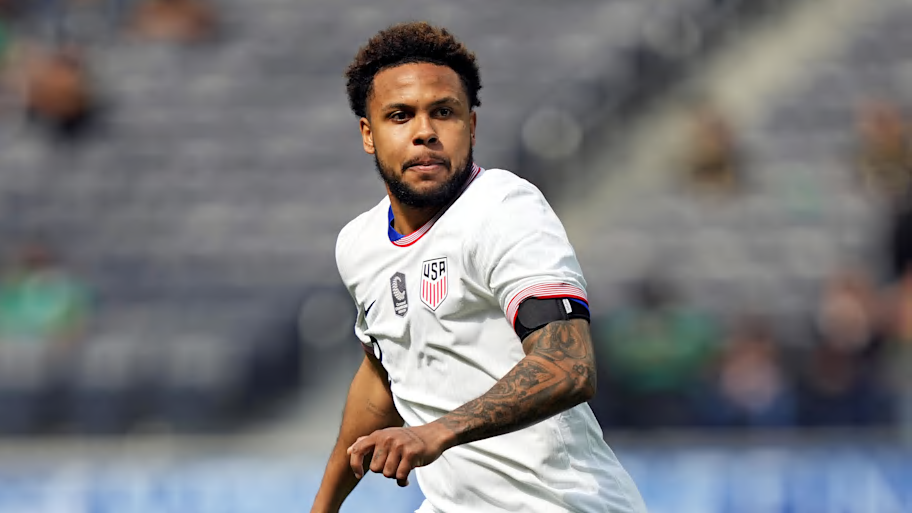
The most divisive issue of the Pochettino era has undoubtedly been squad selection. Since coming into the role, 93 different players have been named to USMNT rosters, forcing the team to adapt each camp.
Throughout the selection process, it has also been evident that there is little long-term vision or plan. In some windows, he has excluded top-tier players such as Weston McKennie and Johnny Cardoso, while in others, he introduces new faces that have little hope of cracking a World Cup squad.
Although it has been an issue throughout the team, it has been clear up front and in the midfield of the usual 4-2-3-1 and 3-5-2 formations. In the 18 games, there have been 16 different goalscorers, and he has played eight different strikers and 23 different midfielders, including several who are likely not in contention for the final World Cup roster.
Much of the issue boils down to the challenge of talent evaluation. Pochettino has approached selection with an eye on unearthing new players, but in doing so, has lost the opportunity to build with a core group–– and likely wouldn’t know what his best squad, let alone lineup, truly looks like.
Lacking Commitment from Stars
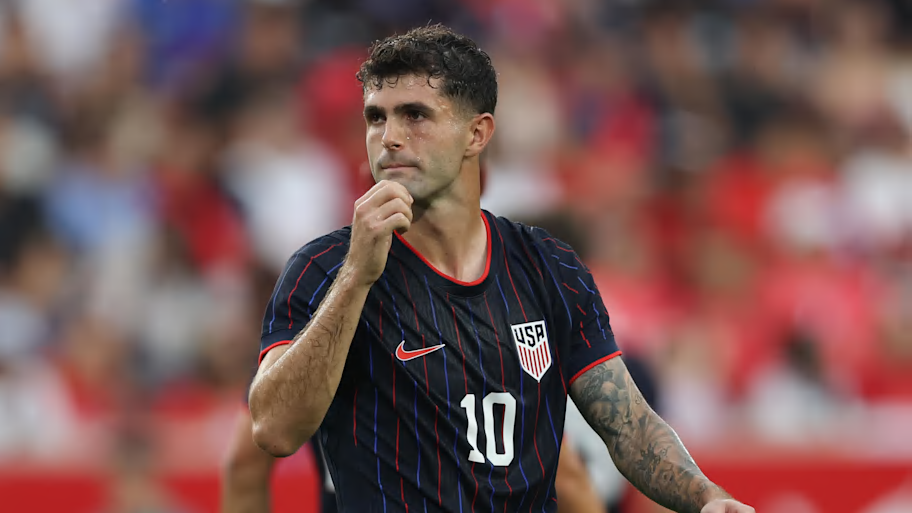
The biggest story in the first year under Pochettino was his row with Christian Pulisic, when the AC Milan winger opted to rest through the summer instead of joining the USMNT at the Gold Cup.
While the team had some of their best moments under Pochettino at the Gold Cup, beating Haiti, Trinidad and Tobago and Saudi Arabia, before falling to Mexico in the final, the missing stars were focal points.
“You can talk about my performances, whatever you want, but to question my commitment, especially towards the national team? In my opinion, that’s way out of line,” Pulisic said at the time, further explaining that he had wanted to play the friendlies against Turkey and Switzerland, but not the entire Gold Cup, which fell short of Pochettino’s request.
“But you know how it is: people forget really quickly. Once I’m back with the national team—I hope—once I’m back with the national team and can play again, score a goal and win a game, people will forget all about this quickly.”
Outside of Pulisic, the USMNT were also missing McKennie, Yunus Musah, Sergiño Dest, Folarin Balogun and Antonee Robinson, all of whom weren’t able to suit up due to club duties or injury.
Through his tenure, the Argentine has been unable to make international duty a “can’t miss” opportunity, seemingly allowing the national team to become an optional call for the key performers, and players have been ridiculed for not having the same grit and commitment as past generations.
In the most recent camp, which saw Pulisic return to the squad, the manager also admitted that he had not had conversations with the star in months, a far cry from some national team managers who regularly check in with their top talents.
“You hear players. [They get asked] Have you spoken with Pochettino? No, he’s never called me. I’ve not talked to him, I don’t know where I stand,” said former USMNT goalkeeper Kasey Keller. “That’s fine if you’re a club coach. Because in a club, if someone doesn’t buy into what you’re saying, you just buy somebody else. But as a national team coach, you only have what you have.”
“We spoke [at camp],” Pulisic himself added after the September window. “We had a normal camp, and everything is good between us, good between the team... I love this team. It’s everything to me.”
Where’s the Urgency?
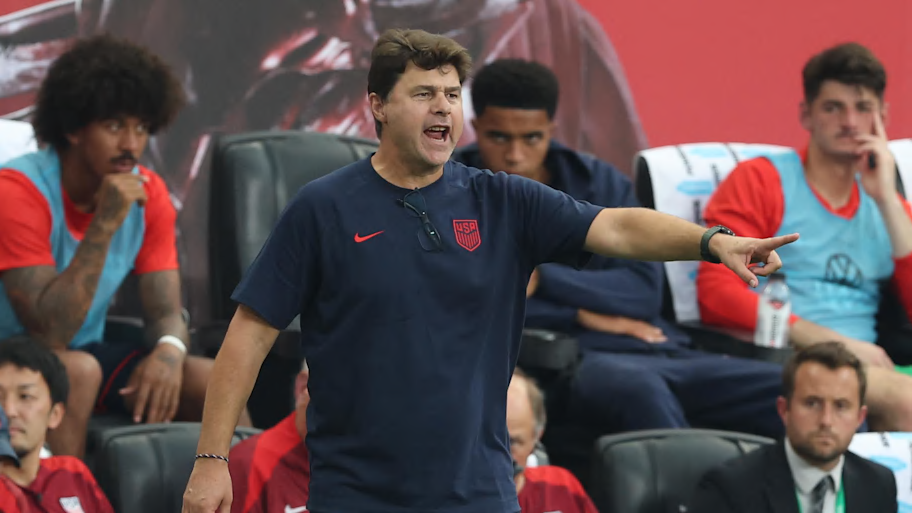
Throughout Pochettino’s time in charge, he has repeatedly spoken of the importance of building for the World Cup. Yet, his words ring hollow of his actions, as his choices and tactics have rarely shown the cohesiveness of a plan, let alone one that will be ready in time.
“I think I am positive because the players trust in the process, because they know that we have a plan, know here inside that we have a plan and we stick with the plan,” he said after a recent loss to South Korea. “I’m the first guy that is interested to win because...we are very competitive. But in the same time also is the process and the plan that we have, we stick with that still.”
Whatever the plan may be, it’s not easy to decipher. With the aforementioned squad selection, lack of commitment and lineup juggling, he has failed to establish any thread of consistency in the group.
If there were more time until the tournament, or if he had been hired as a steward to grow the game in the long term in the U.S., then experimentation and slow tinkering would be fine. However, his hiring came to perform for the World Cup, and the time to get a solidified and cohesive group together, let alone in form, is running out.
Tactical Stubbornness
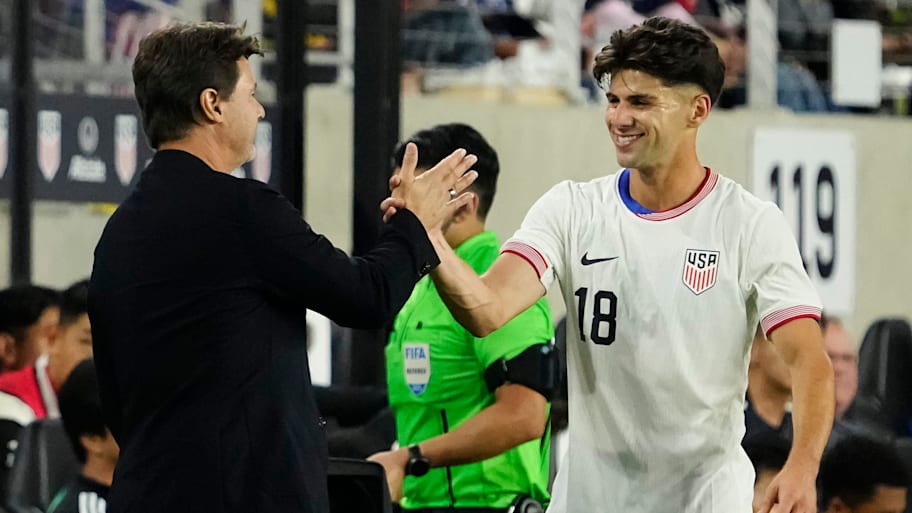
Coming from an extended tenure at the club level, Pochettino has had struggles adapting to the realities of coaching a national team, especially when it comes to tactical decisions.
While the 4-2-3-1 formation worked at Tottenham Hotspur, he was also able to bring in players who fit his desired playing style. With the national team, there’s no ability to add, especially when the depth of quality falls off drastically.
That has been a significant factor that has held him back. While former head coach Gregg Berhalter’s 4-3-3 didn’t bring outstanding levels of success, it played players primarily in their best positions.
Instead, Pochettino has forced players into unnatural positions, leading to missed runs, unbalanced presses (as seen below against South Korea) and defensive lapses, all of which have combined for the poor run of form.
Diego Luna so clearly wants to press with the USMNT, but he doesn't have anyone who follows him, and he has generally struggled as the No. 10 tonight.
— Ben Steiner (@BenSteiner00) September 6, 2025
Another dismal performance from Pochettino's USMNT with a 2–0 loss vs. South Korea. pic.twitter.com/Ylf6SPAXYh
Although each position has had its own issues, it has been most evident with the use of Max Arfsten. The 24-year-old has demonstrated his transitional skills as a winger and left wingback with Columbus Crew SC, but has been exposed when played as a left fullback under Pochettino.
Once Arfsten was pushed up the pitch in the 2–0 win over Japan, he made a skilful run and cross, assisting Alex Zendejas, while showcasing that this version of the USMNT may look better in a 3-4-3, a solution which took Pochettino a dismal 17 matches to land on.
On the volley. Into the lead. Alex Zendejas blasts one home!#USMNT x @VW pic.twitter.com/oVkdNcdKaW
— U.S. Soccer Men's National Team (@USMNT) September 10, 2025
Denying Issues Irks Supporters
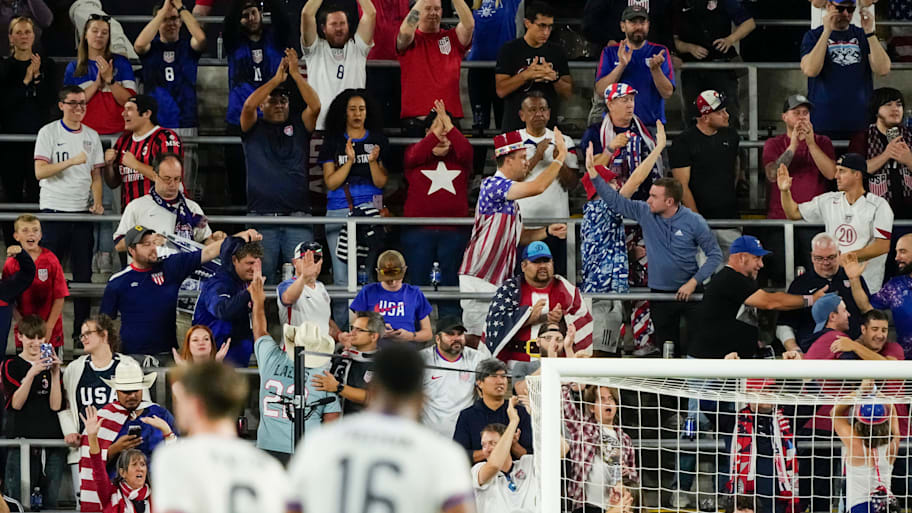
In all the struggles, Pochettino has gotten frustrated with the American soccer fan. Instead of admitting mistakes or adjusting quickly, he has asked for patience and then forgiveness at every turn.
After finishing fourth at the Nations League finals with losses to Panama and Canada, he told fans: “I don’t want the people to feel pessimistic... We are all disappointed, and the fans need to feel the disappointment that we didn’t win. But I don’t want to allow [them] to feel pessimistic, because I think we have good players.”
Months later, ahead of beating Japan, he then went on in vulgarity amid frustrations.
“People sometimes create debates and talk with no sense...this national team, this country has already qualified for the World Cup and, of course, the important thing is that we apply common sense,” he said. “If people sometimes want to talk about bull---, they can talk about bull----.”
While the issues of team selection, availability and other setbacks have put him in a less than enviable position, his approach to the issue has clearly irked the general American soccer fan; especially when the results on the pitch have seldom been positive.
What’s Next?
As many issues have plagued Pochettino’s first year in charge, the goal remains the same: Be ready for the FIFA World Cup 2026.
The recent tactical shift and win over Japan are a significant step in the right direction, showing that the team can progress under Pochettino. Yet, the key factors in the next year will be to bring the best players in from around the world consistently and to have consistency within the core of the squad, to build a defined style and identity heading into the tournament.
Nine months isn’t a long time, but it’s possible. The USMNT will have a chance to name new squads in October and November for matches against Ecuador, Australia, Paraguay and Uruguay, to close 2025, before looking to 2026 and some final testing opponents.
First year down. The World Cup is coming fast. Will the USMNT be ready?
READ THE LATEST USMNT NEWS, REACTION AND ANALYSIS
This article was originally published on www.si.com as One Year of Mauricio Pochettino: Five Mistakes That Have Held the USMNT Back.


